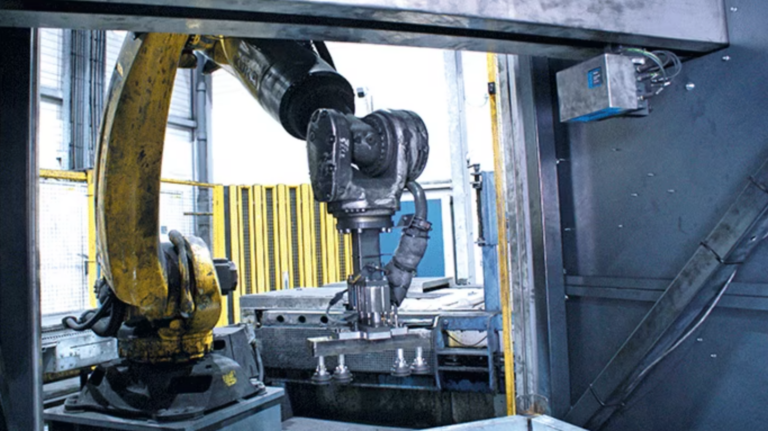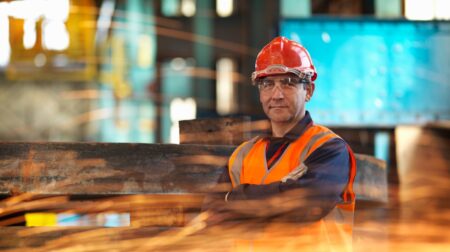Oxford-based machinery manufacturer Pankl Racing Systems has implemented a robust sensor solution at its facility through use of 2D lidar sensor and laser scanners from Sick.
The company wholly owns Austrian forging company Krenhof Kapfenberg, which works across the automotive, aviation and construction industries, and has been making use of the scanning solutions.
The forger has also introduced a software solution from Heitec Systemtechnik to give the robots’ at the facility precise instructions on where to grasp.
The smart technologies deployed at the site are designed to withstand the harsh working conditions of the forge environment.
Forged aluminium parts, chassis components and medical technology are among the products the company works with, with automation being brought in to produce parts that would be too heavy for human employees to handle.
Gernot Reiterer, production manager at Krenhof Kapfenberg, said: “What we do here is process bar material, which is cut with a circular saw in the previous work step and then brought to the loading zone of the furnace in wire mesh boxes by means of “Ameise” trucks.
“A robot removes the bar material from the box and places it on the furnace belt. The challenge with this, of course, is ensuring the robot knows exactly where it needs to grasp.”
Reiterer continued: “Everything you touch here leaves a black mark. That comes from the graphite/water mixture that we spray onto the steel forging die as a release agent. The water evaporates off leaving a graphite dust that ends up all over the plant.”
This required a solution to ensure the robot could grip without fault day in day out. This is complicated by the large quantity of dust at the site, which can compromise image acquisition processes at the site.
Site specialists Heitec Systemtechnik chose the lidar sensor from Sick, as it delivers information to the in-house developed evaluation software.
As part of its process modernisation, Heitec also upgraded its existing robot and control system to turn it into a fully automated loading zone.
On the installation, Matej Nujic, vision specialist at Sick Austria, explained: “Furthermore, the scanning frequency of 600 hertz allows a speedy process at around 0.8 metres per second.
“As an extreme accuracy of less than a millimetre is not required in this case, the system was absolutely adequate. The result was an especially robust and cost-effective solution.”
One LMS is totally sufficient for managing parts and materials like these aluminium bars. An extension of the system is already in the planning at Heitec.
The latest developments in robotics and automated technologies for materials handling will be on show at the Robotics and Automation Exhibition, which will be held on 19-20 March 2024 at the NEC Birmingham. Register now to attend the UK’s biggest exhibition dedicated to robotics and automation, which is co-located with Britain’s biggest warehousing show, IntraLogisteX, where Sick will exhibit at Stand 536.









